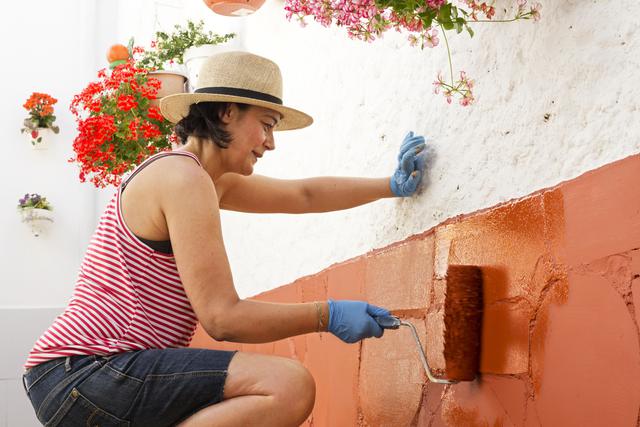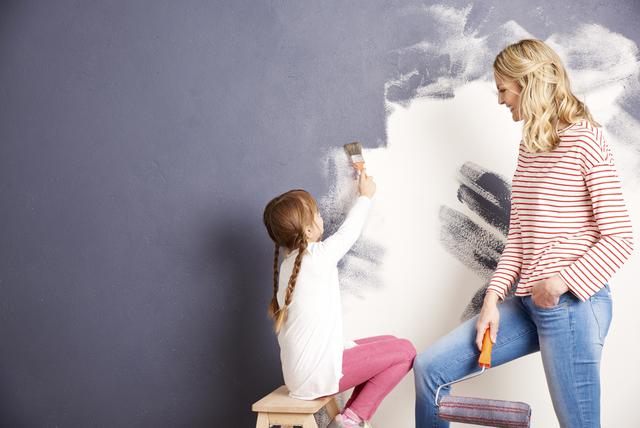Painting a room can transform its appearance, making it feel fresher, brighter, and more welcoming. However, before you start your painting project, you need to gather the right materials. Here's a comprehensive guide to the materials you'll need for painting a room.
Preparation Materials
Before you start painting, you need to prepare the room. This involves covering furniture and floors with protective materials to avoid spills, splatters, and stains. Here are some preparation materials you'll need:
- Drop cloths or plastic sheets: These protect floors and furniture from paint drips and spills. Spread them on the floor, and use painter's tape to secure them in place.
- Painter's tape: This low-tack tape is used to mask off areas you don't want to paint, such as baseboards, trim, and windowsills.
- Sandpaper or sanding block: These are used to smooth rough or uneven surfaces, such as walls or trim, before painting.
Painting Materials
Once you've prepared the room, it's time to start painting. Here are the materials you'll need:
- Paint: Choose a high-quality paint that's suitable for your surface and desired finish. Buy enough to cover the entire room, including any primers or base coats.
- Paintbrushes: Use a quality paintbrush to apply paint to corners, edges, and trim. Choose brushes with synthetic bristles for latex paint and natural bristles for oil-based paint.
- Rollers and roller covers: These are used to apply paint to large, flat surfaces, such as walls and ceilings. Choose a roller with a nap that's appropriate for your surface, such as a 3/8-inch nap for smooth walls and a 1/2-inch nap for textured walls.
- Paint tray: Use a paint tray to hold and distribute paint to your roller or brush. Look for trays with disposable liners for easy cleanup.
- Extension pole: This attaches to your roller to help you reach high ceilings and walls without using a ladder.
Clean-Up Materials
Once you've finished painting, you need to clean up your materials and the room. Here are the materials you'll need:
- Paint thinner or water: Use paint thinner for oil-based paint and water for latex paint to clean your brushes and rollers.
- Soap and water: Use soap and water to clean paint off your hands and any spills or drips.
- Cleaning rags or paper towels: These are used to wipe up spills and clean your tools.
- Trash bags: Use trash bags to dispose of used materials, such as drop cloths, painter's tape, and disposable liners.
Painting a room requires several materials, but with the right tools, you can achieve a professional-looking finish that will transform your space. Make sure you gather all the materials you need before you start, and don't rush the process. By taking your time and following these steps, you'll have a beautiful, freshly painted room in no time.






comments